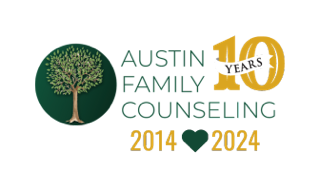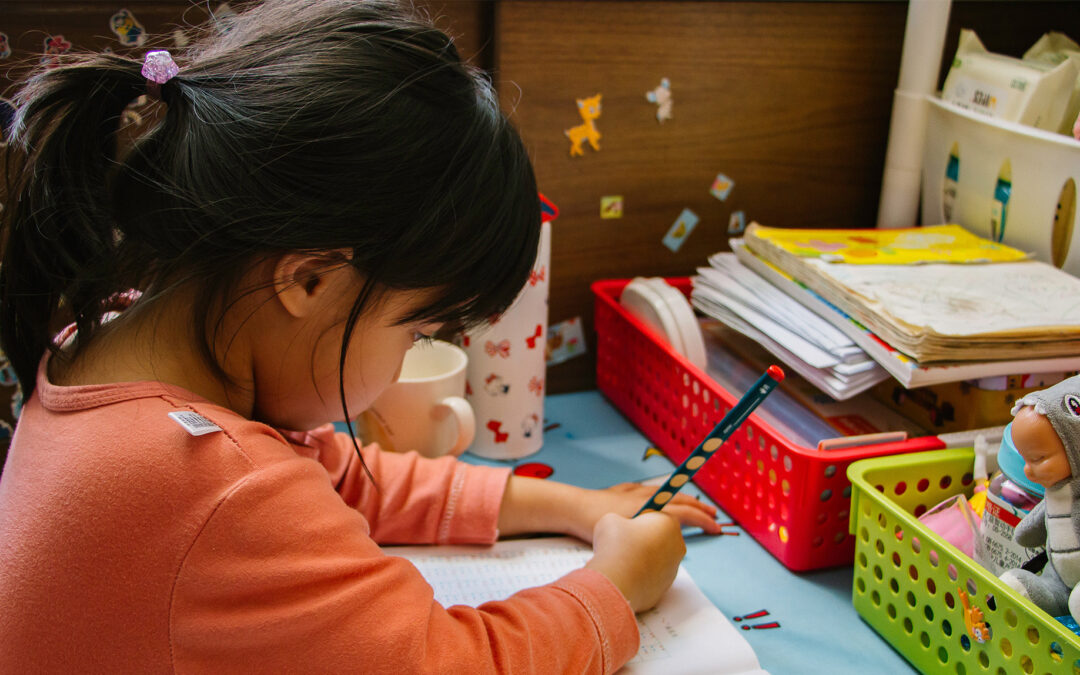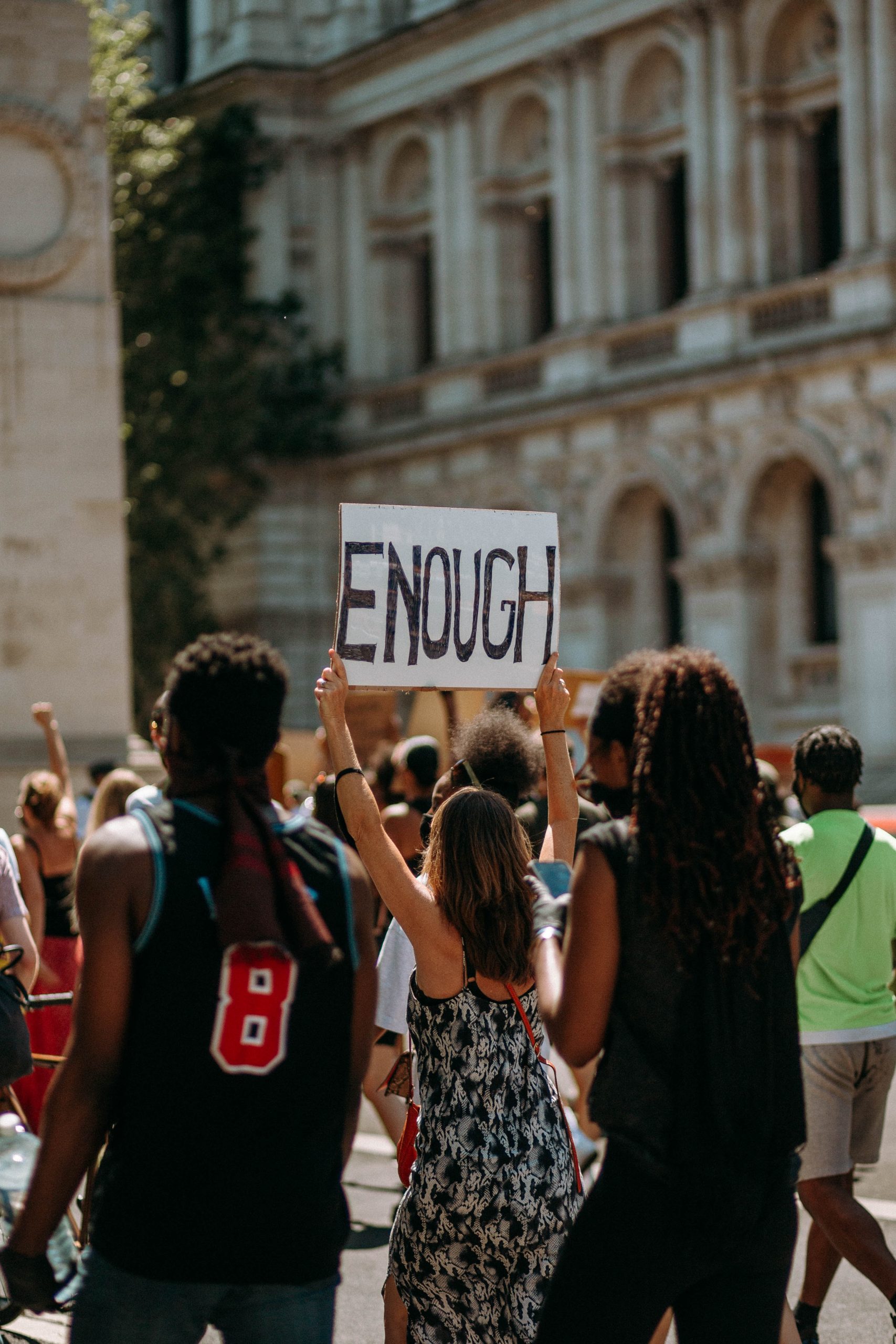In my last two posts, I shared a general understanding of gender identity followed by terms, definitions, and understanding pronoun usage, and other resources. Now, I want to offer some suggestions & guidelines on how to be a trans ally.
When I first started working more with LGBTQ clients, I often questioned myself. What right or capacity do I have to help a clientele with whom I cannot fully empathize with? Because, I identify as a straight cisgender individual, I cannot claim to know what it is like to come out, or understand feeling conflicted from a young age, that though I was assigned female at birth I more authentically feel male. Despite my lack of direct experience with these issues, I am passionate about this work. I imagine there are certain clients who prefer to see a therapist who can truly get where they are coming from. Similar as to when a client seeks out a therapist who is also a parent, because they feel the need to work with someone who can more fully grasp their role as a parent. There are plenty of clients with whom I connect with on a deep emotional & intellectual level, yet do not have first hand experience of their specific struggles or differences. I have connected with transgender clients around the pain they’ve endured from rejection from religion & family, harassment from others, discrimination, homelessness, suicidal thoughts or attempts, self-hatred, and more. I feel honored to be part of the courageous process each of my clients engage in as they turn toward their true selves. Over time I have found myself more drawn to support the LGBTQ community and to advocate for equality. With that, I’ve come to understand more of what it means to be an ally.
Being an ally is a lot less intimidating than I initially expected, in fact when I started reading about what it means to be an ally, I was able to identify ways in which I was already doing so. And being a trans ally does not require perfection. You don’t have to have a perfect grasp on all the relevant issues, vocabulary etc., but your intention and efforts need to come from a place of compassion & support. When you do make a mistake simply own it or be open to correction. You can ask for help & guidance too. When I began working with trans clients, I acknowledged my limitations & asked my clients to correct me when I used an incorrect term or pronoun. I find that by expressing my willingness to learn & be corrected, others are much more understanding when I do mess up.
What is an Ally?
An ally is “someone who advocates for and supports members of a community other than their own; reaching across differences to achieve mutual goals.” (UC Berkeley, Gender Equity Unit)
Straight for Equality gathered a lot of material around what it has meant over the years to be an ally. Rather than a rigid set of requirements, they have re-developed a list of some of the valued qualities present among allies.
- Allies want to learn. Allies are people who don’t necessarily know all that can be known on LGBTQ issues or about people who are LGBTQ, but they want to learn more.
- Allies address their barriers. Allies are people who might have to grapple with some barriers to being openly and actively supportive of people who are LGBTQ, and they’re willing to take on the challenge.
- Allies are people who know that “support” comes in many forms. It can mean something super-public (think covering yourself in rainbow glitter and heading to a Pride celebration with a sign reading, “PROUD ALLY”*). But it can also mean expressing support in more personal ways through the language we use, conversations we choose to have, and signals that we send. And true allies know that all aspects of ally expression are important, effective, and should be valued equally.
- Allies are diverse. Allies are people who know that there’s no one way to be an ally, and that everyone gets to adopt the term in a different way…and that’s ok (from Straightforequality.org).
Where to Start
If you’ve read the previous two posts about gender identity, then you’re already on the right track. We can begin moving toward change by thinking about gender differently and acknowledging the rigidity of the gender binary within our society. There can be a lot of power in modeling & setting an example for others. A great starting off point is to think about how “people should have the right to define their own gender–and allies should be the ones to accept & respect that identification (straightforequality.org).” Accepting a trans individual as they are and as they choose to express themselves even if you have some confusion or discomfort is an example of the contribution of an ally. Knowing appropriate terminology, understanding what is offensive (ie: asking about genitals, sex, & whether someone has had surgery or not), and applying that knowledge is a simple way to begin being a trans ally.
Apply What You Know
Now that you know about preferred pronoun usage, names, & terms, use them. If you don’t know someone’s preferred pronoun or name, simply ask or pay attention to how they refer to themselves around others. You can take it a step further by kindly correcting others & offering information when you hear others using disrespectful or just incorrect vocabulary.
You can also apply your understanding of the gender spectrum and your acknowledgement of the limitations the gender binary. For instance, if you work somewhere with forms or paperwork for people to fill out, consider modifying them so that there is a blank space next to gender rather than having to select male or female, or have options that are more inclusive. This allows for people to express their gender identity, as they prefer. You can also consider having gender-neutral bathrooms for guests or customers if possible.
Never Out Someone
You should never, under any circumstances out a transgender individual without their permission. Matt Kailey’s Transifesto lays it out clearly: “If you see a person on the street that you know to be trans, it is a private matter and not appropriate to tell your friends that the person is trans. It is also not appropriate to mention anything that would ‘out’ a trans person if you are with that person in a public setting.”
Outing a trans person can put them in a compromising position at work, with family, friends etc. Unfortunately, it is simply puts that person in danger, sometimes physically or in various life roles. You cannot “go back” or undo outing someone, so don’t do it! Along with that, it is best never to make assumptions either.
Advocate & Get Involved
Not everyone is going to be heavily involved in political change, and that is not essential to be a good ally. Really dedicated allies, may be more inclined to get politically involved & that is an incredible way to promote change. You can also be involved in smaller ways, like signing petitions, making changes in your workplace or other settings. I was moved by a story I recently read about two 3rd graders who were disturbed by their experience on a trip to Disneyland. Probably not the reaction most people would expect from children going to the “happiest place on earth.” These 9 year olds were very aware of the race and gender stereotypes continually perpetuated throughout their experience at the amusement park. They composed this letter expressing their concern and suggesting more sensitive, inclusive alternatives. After reading this I felt inspired & realized that if children this young can speak out for change, why can’t I?












